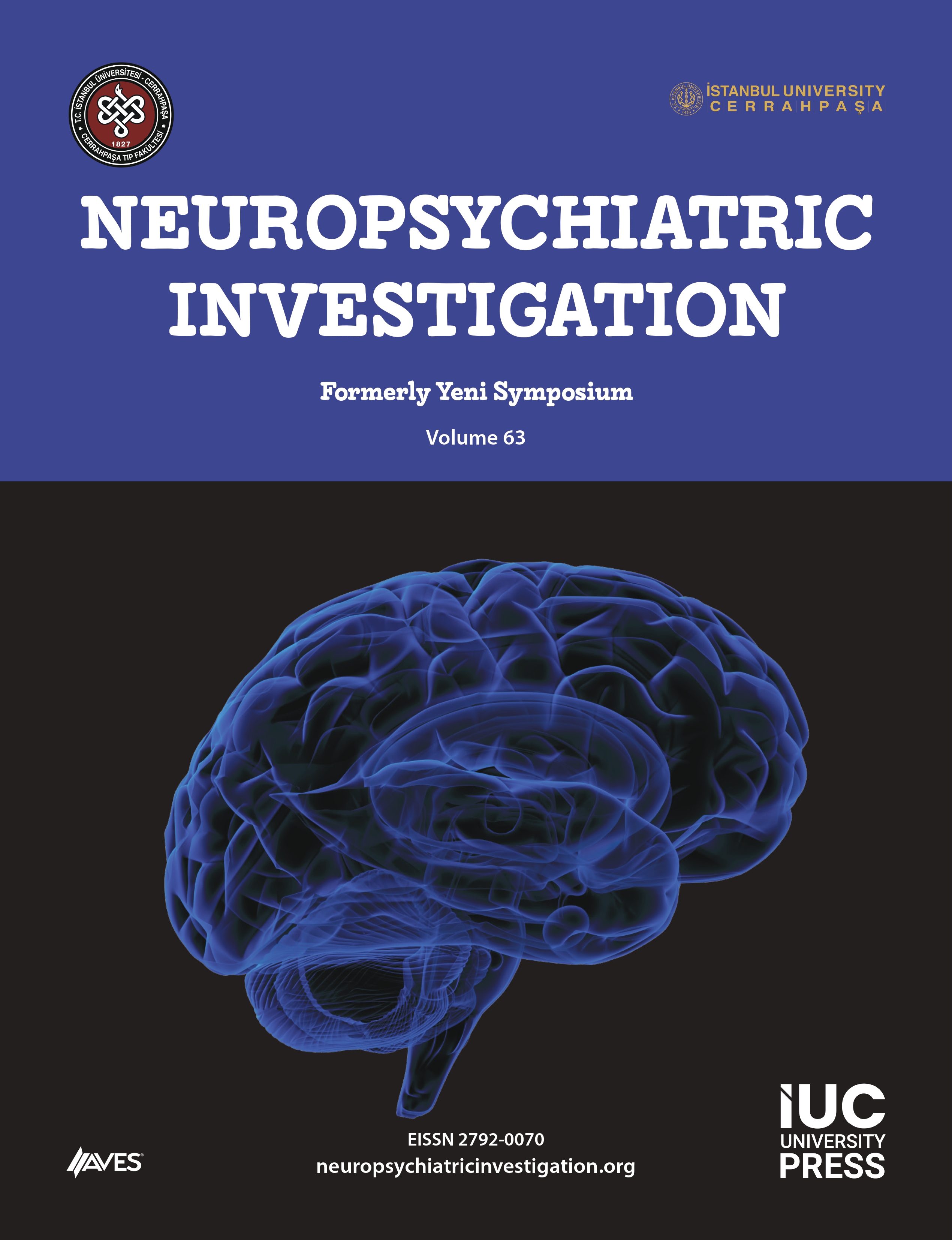Objective: The research was conducted analytic cross-sectional with the aim of determining the relationship between technology addiction and attachment styles in adolescents.
Methods: The population of the research was composed of nine high schools representing the 22 State Schools of the Provincial Directorate of National Education in one of the western provinces of the country. The sample size was calculated using the precision sampling method. Considering the possible losses, a 30% reserve was added and the sample size was calculated as 355. The data of the research was collected by the questionnaire form prepared by the researchers in line with the literature, Smart Phone Addiction Scale (SPAS), Internet Addiction Scale (IAS), Digital Game Addiction Scale (DGAS), and Experiences in Close Relationships Inventory-II Middle Childhood Scale (ECRI-II).
Results: 62.5% of the students who participated in the research were female. It was found that there was a positive, low level relationship between the anxiety sub-dimension of ECRI-II and SPAS (r=0.258; p<0.001); and a positive, extremely low level relationship between the avoidance sub-dimension of ECRI-II and SPAS (r=0.179; p<0.001). It was determined that there was a positive, low level relationship between the anxiety sub-dimension of ECRI-II and IAS (r=0.359; p< .001); and a positive, low level relationship between the avoidance sub-dimension of ECRI-II and SPAS (r=0.268; p<0.001).
Conclusion: It was revealed that smart phone and internet addictions were more in anxious and avoidant attachments, and that anxious or avoidant attachments did not affect digital game addiction.




.png)